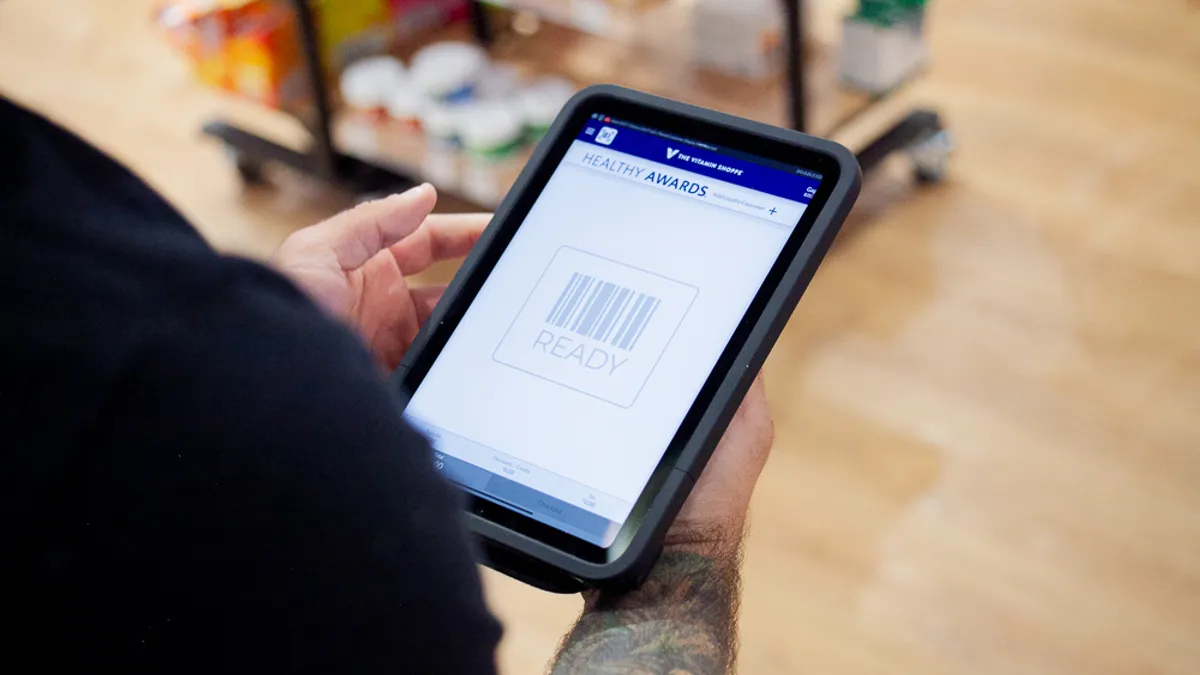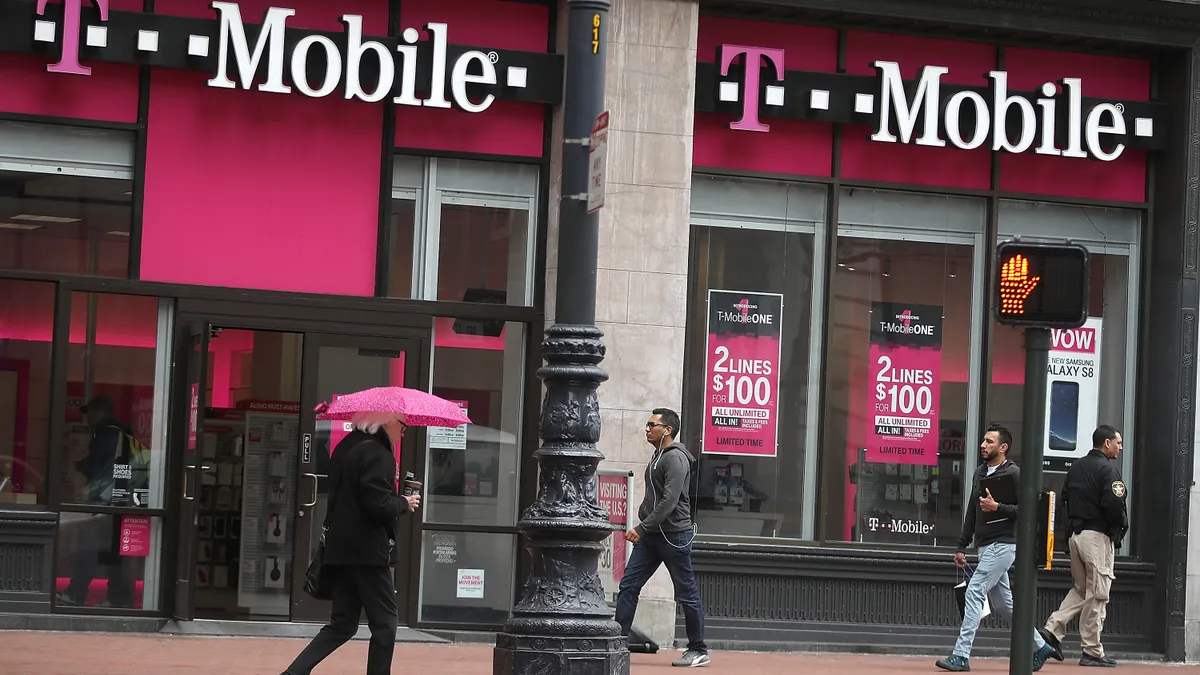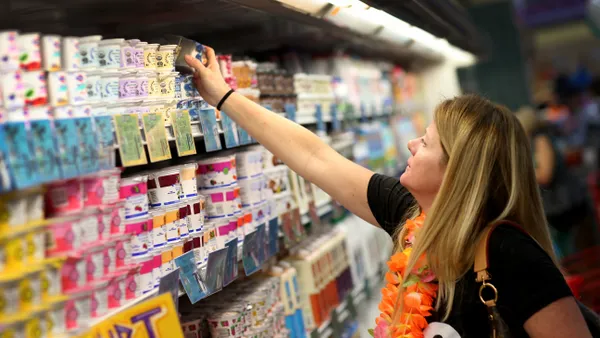Dive Brief:
- Cava is implementing technology to support its staff and improve experiences without reducing the human element of food service, Co-founder and CEO Brett Schulman said on a Q3 2024 earnings call Tuesday.
- The Mediterranean restaurant chain is rolling out in-kitchen display screens to improve order accuracy and fulfillment speed, and it revamped its labor deployment model to ensure each location has enough staff available during peak times.
- As automation infiltrates more restaurants, “consumer touchpoints are becoming increasingly transactional,” Schulman said during the call. “We believe technology should enhance, not replace, the human experience, and we’re leveraging it to create warm personal moments across our physical and digital channels and to support our team members in engaging and connecting with our guests.”
Dive Insight:
Cava’s emphasis on human connections inside its restaurants coincides with increased traffic and sales at the restaurant chain. Traffic rose 12.9% during the third quarter, while comparable store sales were up 18.1%, according to an Q3 2024 earnings report.
The revamped labor model is designed to help Cava maintain its focus on experience. The system deploys workers into the right places at the right times to manage busy periods while clarifying what people should be doing in their roles, according to Cava CFO Tricia Tolivar.
The initiative only rolled out last week, but pilots in lower volume restaurants resulted in a “modest increase” in sales alongside improvements to guest experience scores, according to Tolivar. She noted that these early results bode well for 2025.
“The real thing about the labor model and the labor and deployment model is that we’re really excited to see it improve speed and service, and that’s something that’s going to benefit the guests as well as Cava,” Tolivar said during the call.
Cava’s tech tools are likewise in early stages of deployment but hold promise. Digital kitchen displays are live in 25 locations, and generative AI video technology that will monitor how quickly ingredients are being depleted and assist teams with meal preparation is live in four restaurants.
“While both initiatives are in the very early stages, we believe they can improve quality and consistency, increase order accuracy, boost speed of service and simplify prep and planning,” Schulman said.
Cava’s emphasis on keeping technology on the backend stands in contrast to some of the larger fast food chains, including Wendy’s and Taco Bell, which are using AI to take drive-thru orders. Both companies report promising early results, presenting a different approach toward AI adoption.













